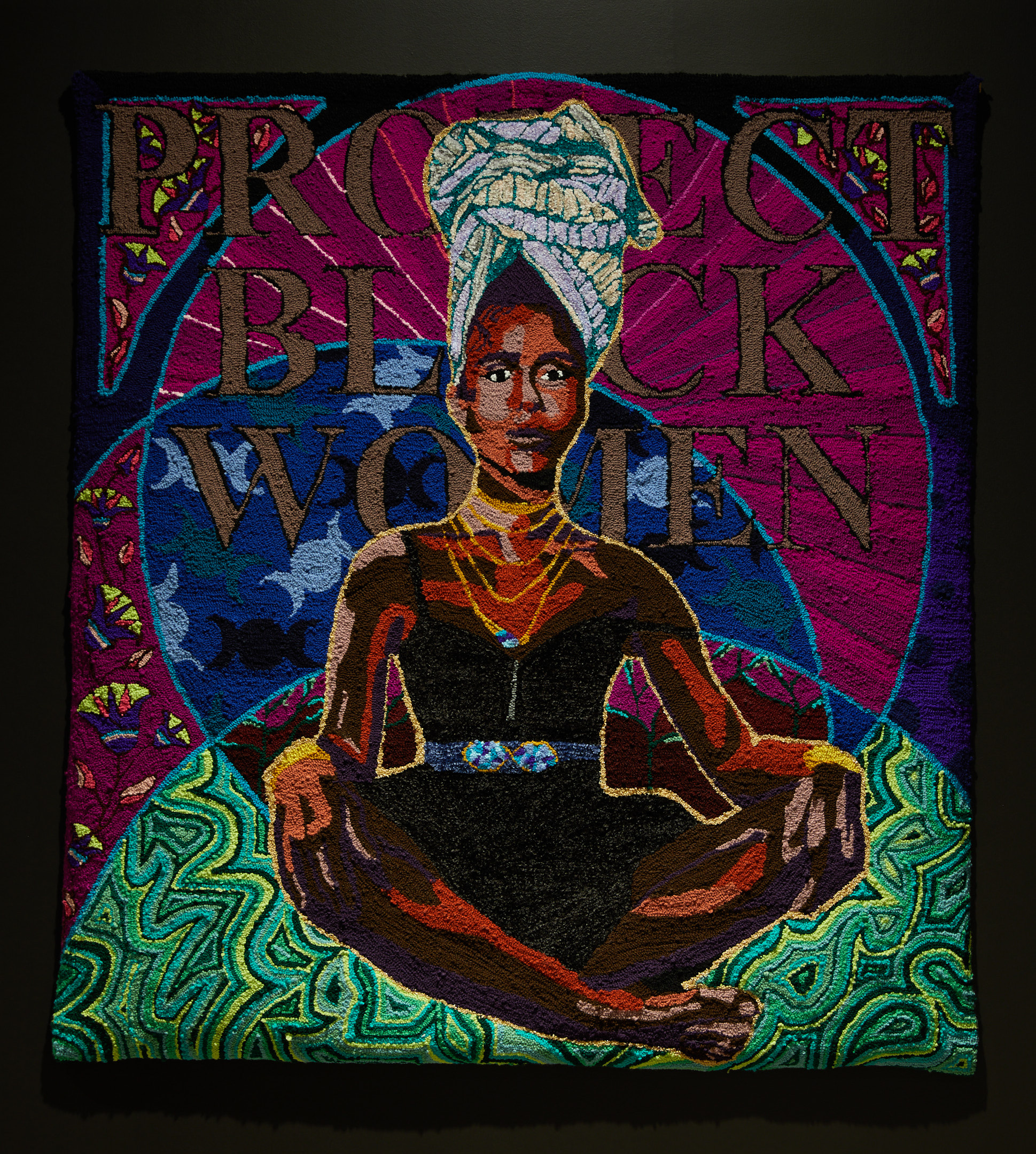
A Kaross is a blanket, rug or shrug sewn from animal skins and historically used as a cloak or garment by some people groups in Southern Africa. These days it is used as a bed or floor covering.

How it all began:
It was a group of VaTsonga women, sitting on just such a kaross, creating their stitched stories, which inspired Irma van Rooyen to start the, now thriving, Kaross embroidery business more than 25 years ago. Today Kaross supports almost 120 embroiderers and their families. She envisioned and successfully implemented a way to bring sustainable opportunities to these rural men and women while helping them to reflect on their heritage and celebrate their culture.

The Kaross studio is located in Letsitele, a small town in a predominantly citrus farming community in the north-eastern corner of South Africa, not far from the Kruger National Park. The inhabitants of this rural area are from VaTsonga and Northern Sotho cultural backgrounds. Story-telling and embroidery are a part of their heritage. Now it has been turned into a successful enterprise which not only provides economic success and wellbeing but is the ideal vehicle to keep this ancient culture alive.

Each item is 100 percent handcrafted. It starts out in the studio where the design is drafted onto the fabric by hand. It is then stitched by one of the many embroiderers. Each item is embroidered by one person, allowing the embroiderer to express his or her own unique character and creativity on the artwork.
The artists:
Embroiderers collect their designs and baskets of colourful yarn from the studio to work at home. This allows the artists to earn a living while being able to attend to their children and homes at the same time. Once the stitching is done, the items are returned to the studio for quality inspection and finishing before being sold to clients from around the world.

The Mashaba family is one of the many Kaross-families, with several members now part of this growing stitching community. Anna, the matriarch, was one of the founding embroiderers and has been with Kaross since its inception in 1993. Four of her six children are also embroiderers, as are many of her neighbours in Xihoko village, where they all live.
Embroiderers work mainly in chain-stitch, applied with a doll needle, using commercially sourced acrylic crochet yarn on a cotton blend fabric.

The Kaross enterprise started out making cushion covers, tablecloths and other household items for the tourism market but has since expanded with signature collections specifically designed and made for well-known design companies and interior design outlets. What started out as curios have now matured into a fully grown design business while still holding on to its cultural roots and rural lifestyle.
A quarter of a century after Irma first found inspiration from the ladies on the kaross, this creative community project has grown into a global business, and like a blanket, it now provides warmth, safety, protection and a sense of home and belonging to a whole community. A kaross in the true sense of the word.
To shop (or just to drool…) visit their website
To learn more about the VaTsonga culture read this
*All images courtesy of the Kaross website and blog.



